Chelone glabra
The shape of the flower is reminiscent of that of a turtle's head
Chelone glabra white turtlehead
This native perennial species is a member of the snapdragon or figwort family. The flowers are swollen and have 5 petals forming 2 lips and grow in a tight cluster at the tip of the smooth 4-sided stem. Each flower is about one inch long. The shape of the flower does suggest the head of a turtle, as the upper and notched lip arches over the 3-lobed lower lip. The lower lip is bearded with hairs at the throat. When a bee struggles to enter the tubular corolla it looks like a turtle trying to eat a bee. The flowers are generally white, but sometimes tinged in magenta or pink, especially as they age. They can be 1 to 1.5 inches long. The flower spike blooms from bottom to top.
The leaves are light green, opposite, narrow, toothed and pointed. They occur in pairs. The leaves grow 3-6 inches long. The plant grows 1-3 feet tall and is found in wet ground, often along stream banks or in thickets. The stem is stout, smooth and erect and has 4 sides. It is found throughout the eastern half of North America and every Pennsylvania County. It does well in flower gardens.
In the past the turtlehead plant has been used to create a tonic used to treat digestive disorders. It is sometimes called snakehead, turtle bloom, fish mouth, or shellflower. The blooming period is July to October.
Habitat & Range
Grows in wet grounds, banks of streams & wetlands.
Present in all counties of the state.
Range: Eastern part of North America.
| EMP: | OBL |
|---|---|
| NCNE: | OBL |
Phenology
Flowers July to September.
Characteristics
Leaves simple, opposite, toothed
Plant Codes
S-rank: No rank
G-rank: G5 (Secure)
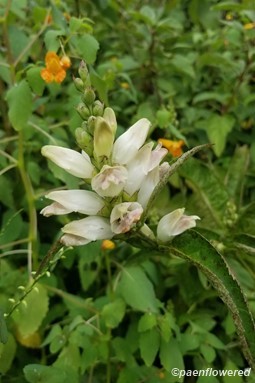
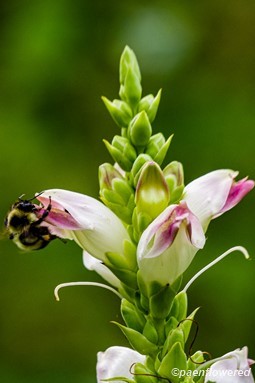
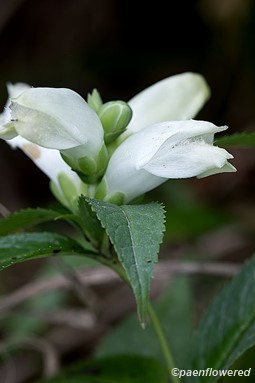
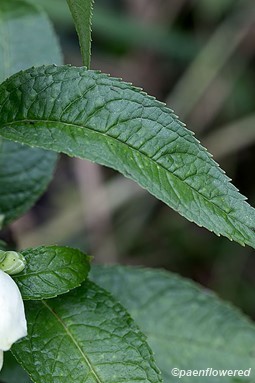
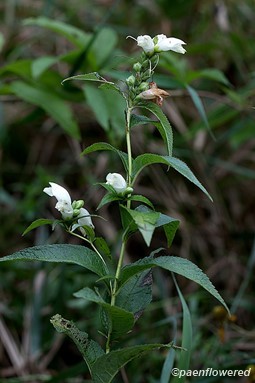
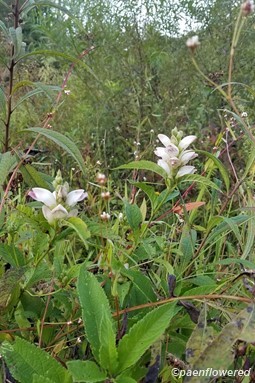
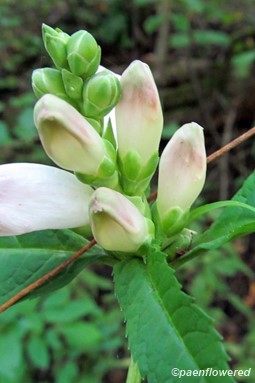
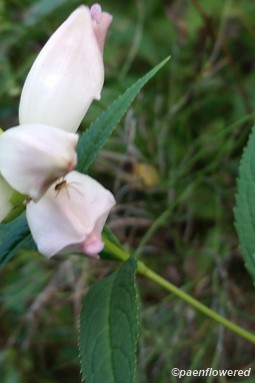
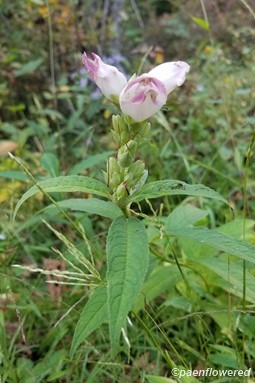
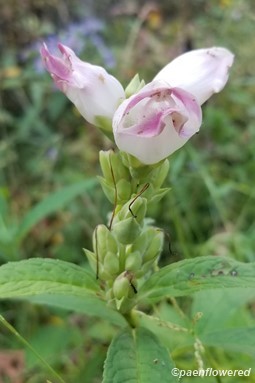
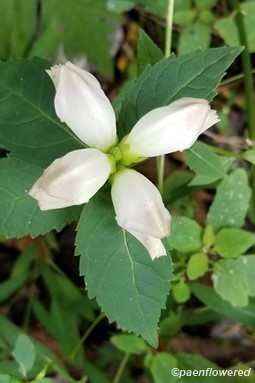


Comments
Have you spotted this plant in your area? We'd love to hear about your experience! Share your comments or questions about the plant below. Comments are moderated before posting.